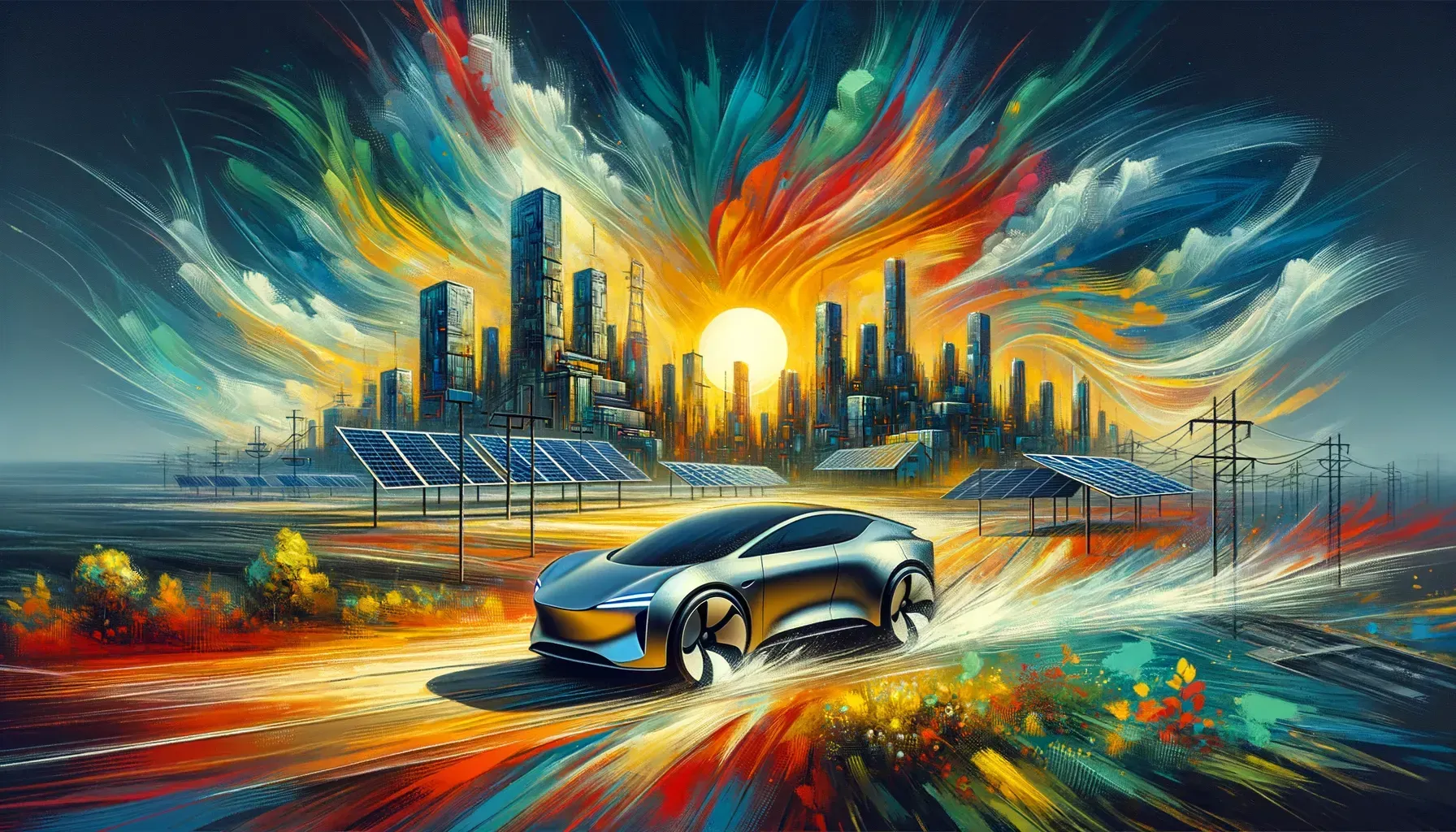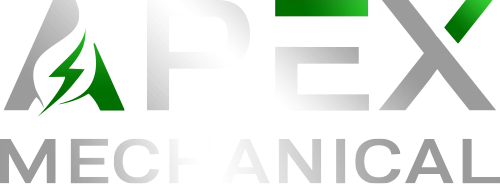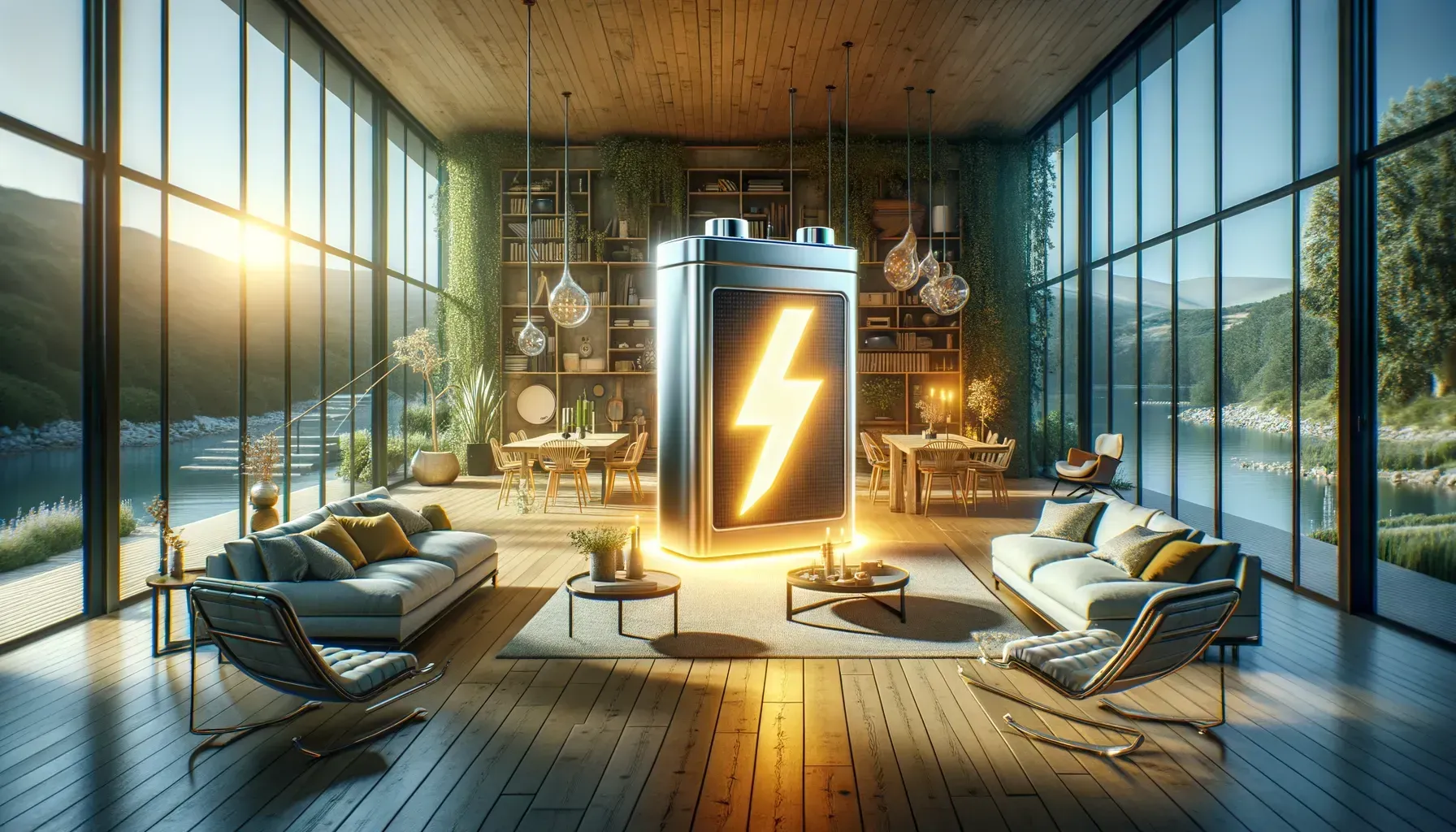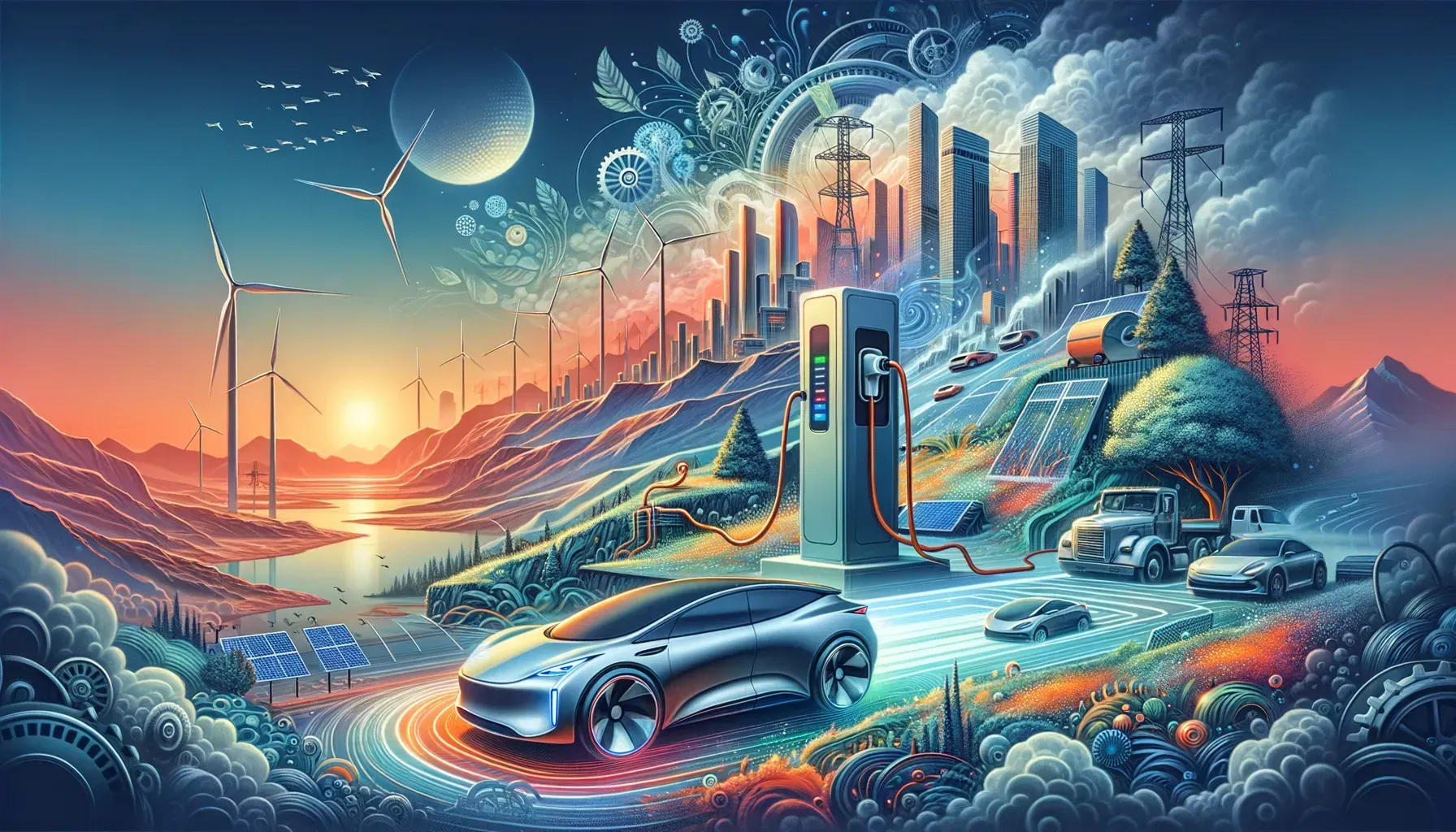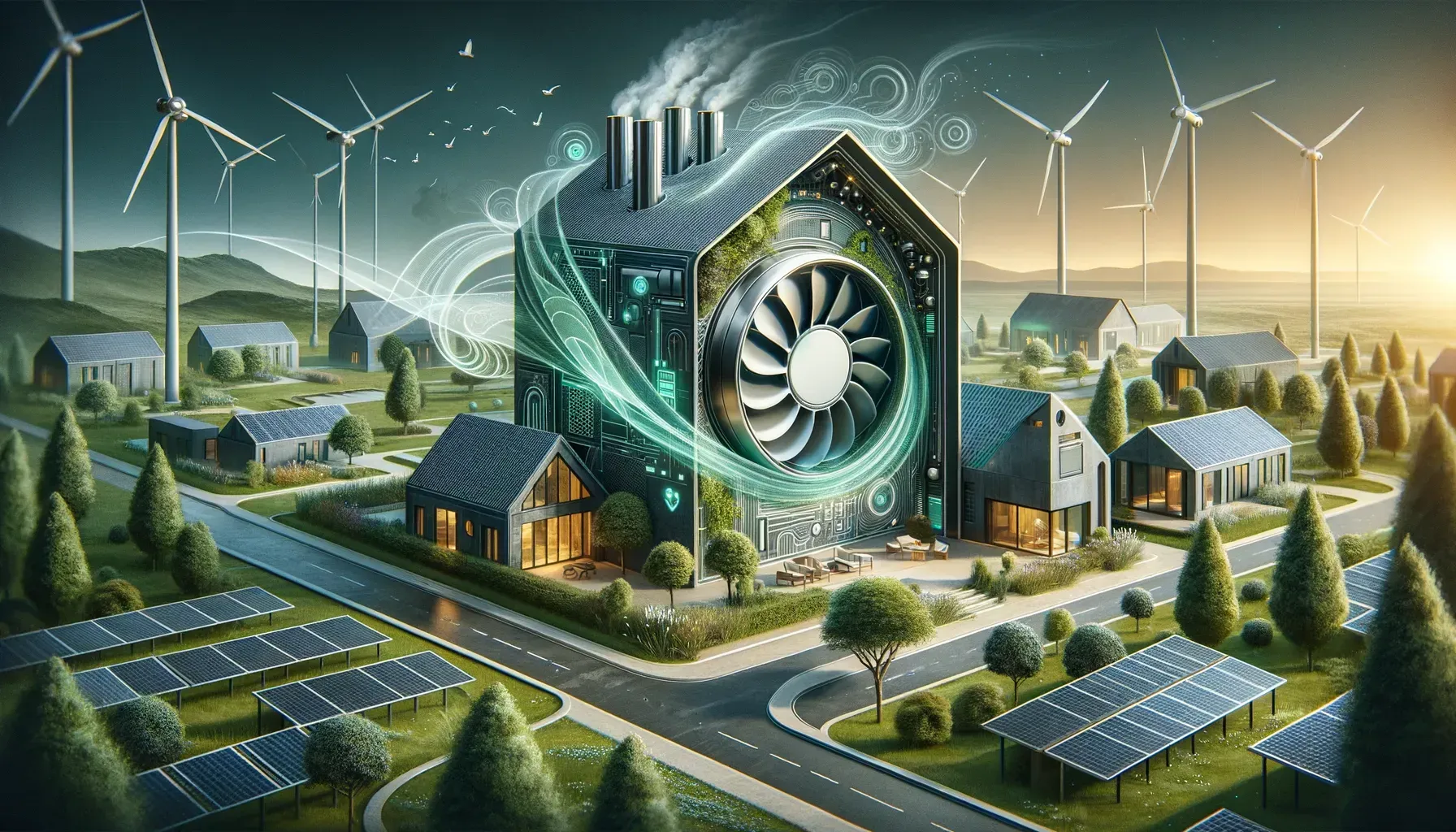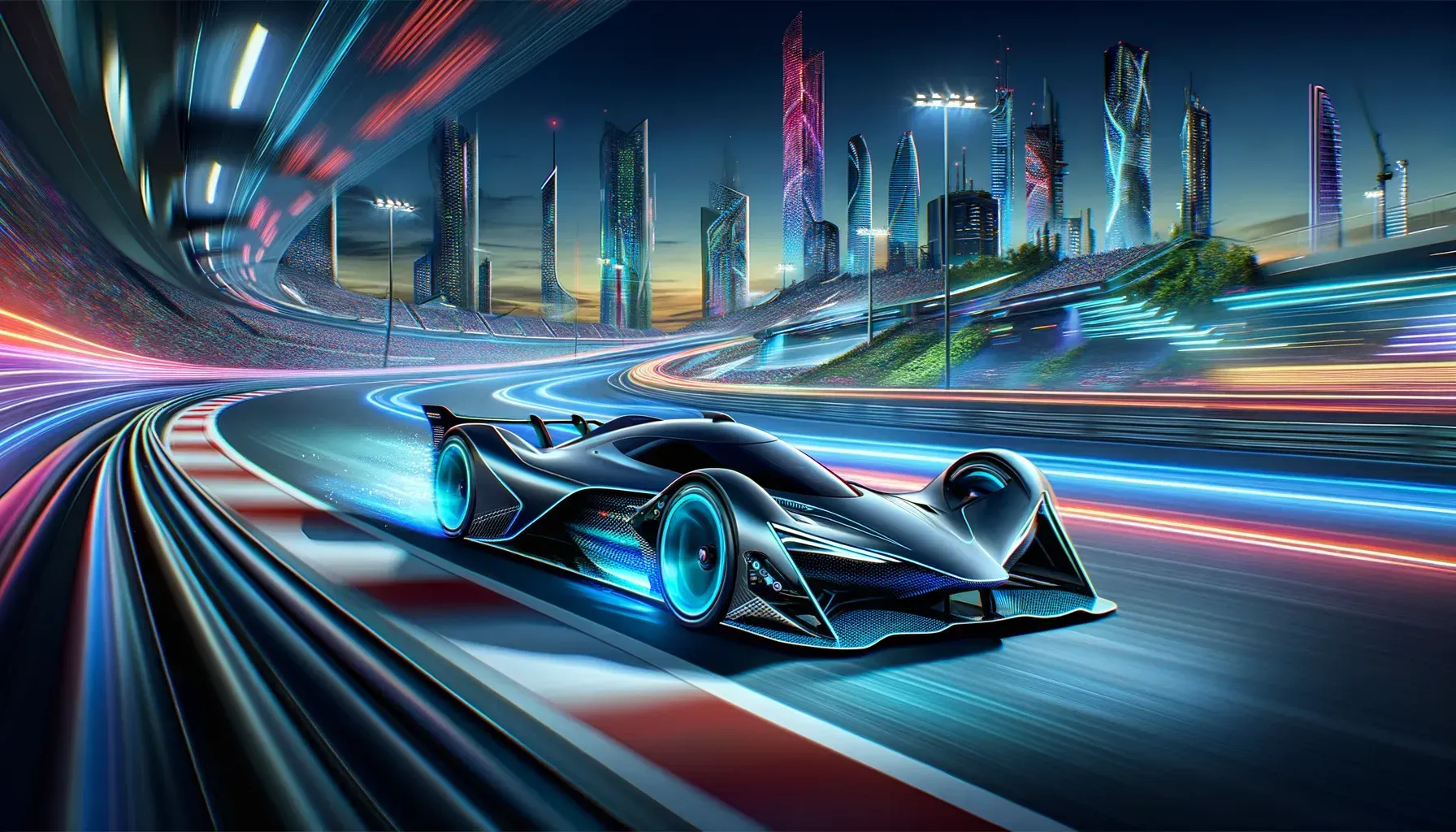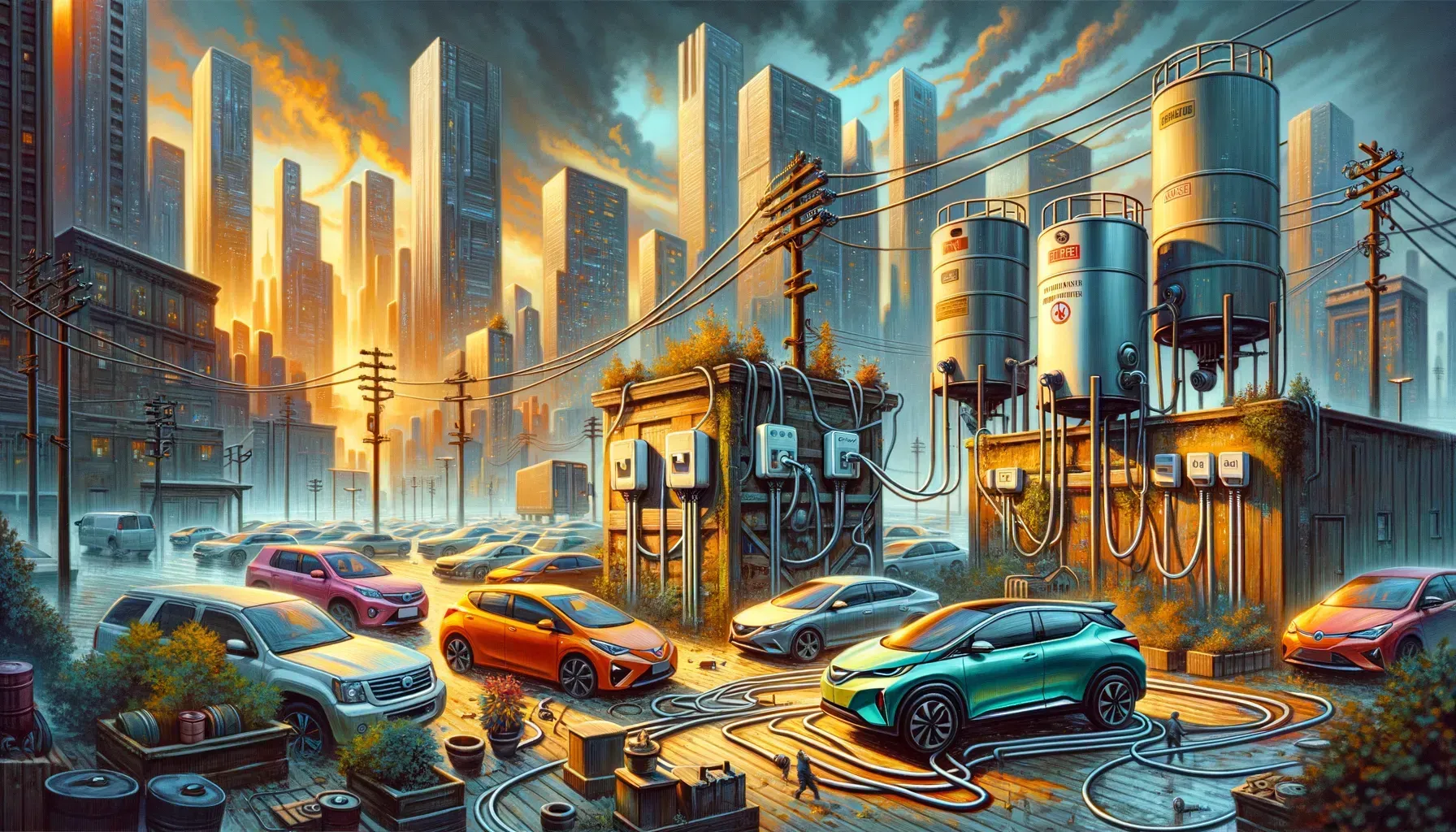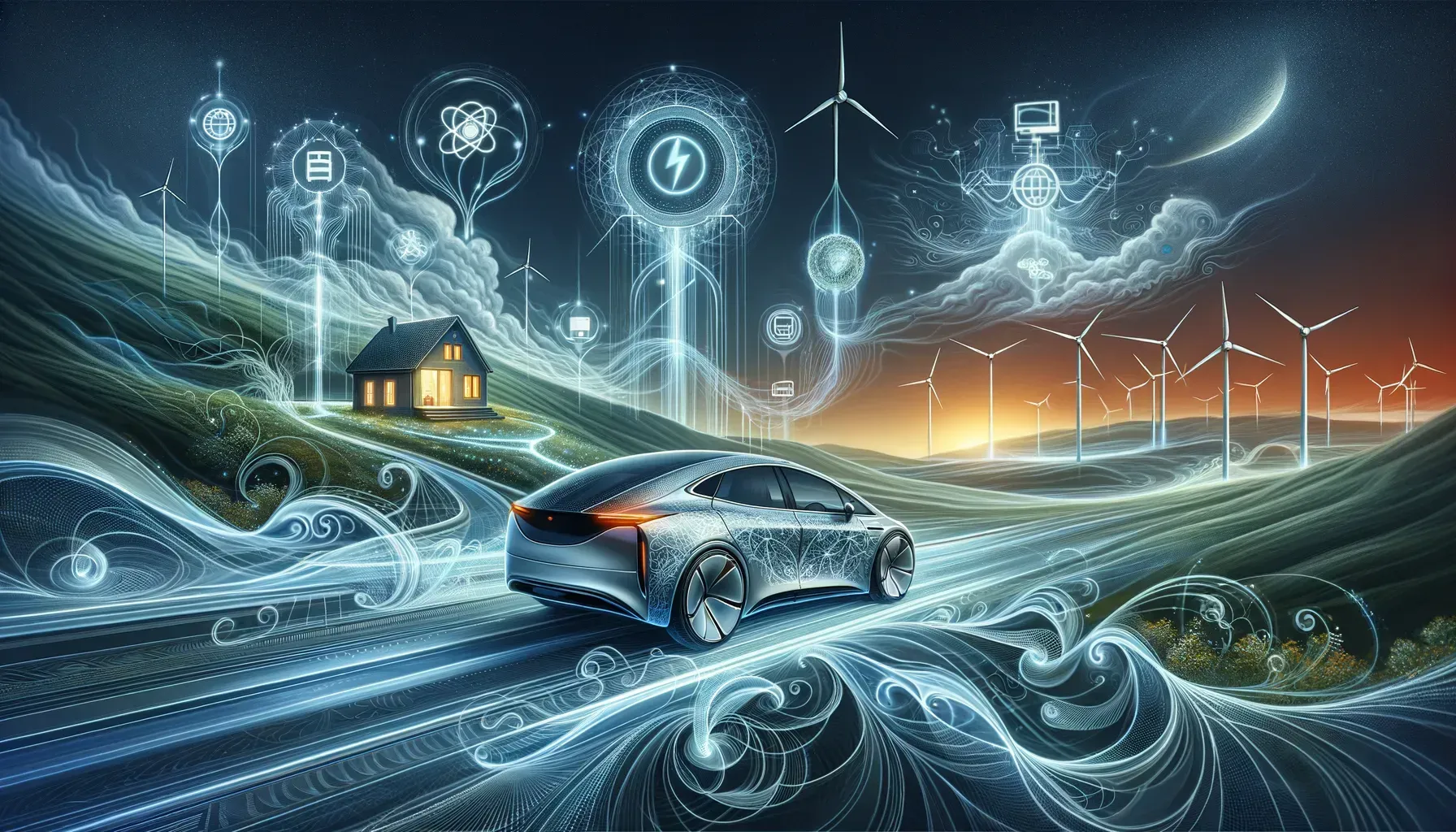Beyond the Circuit: How Puerto Rico’s Virtual Power Plant Redefines Community Energy (with a Splash of Tesla Quirk)
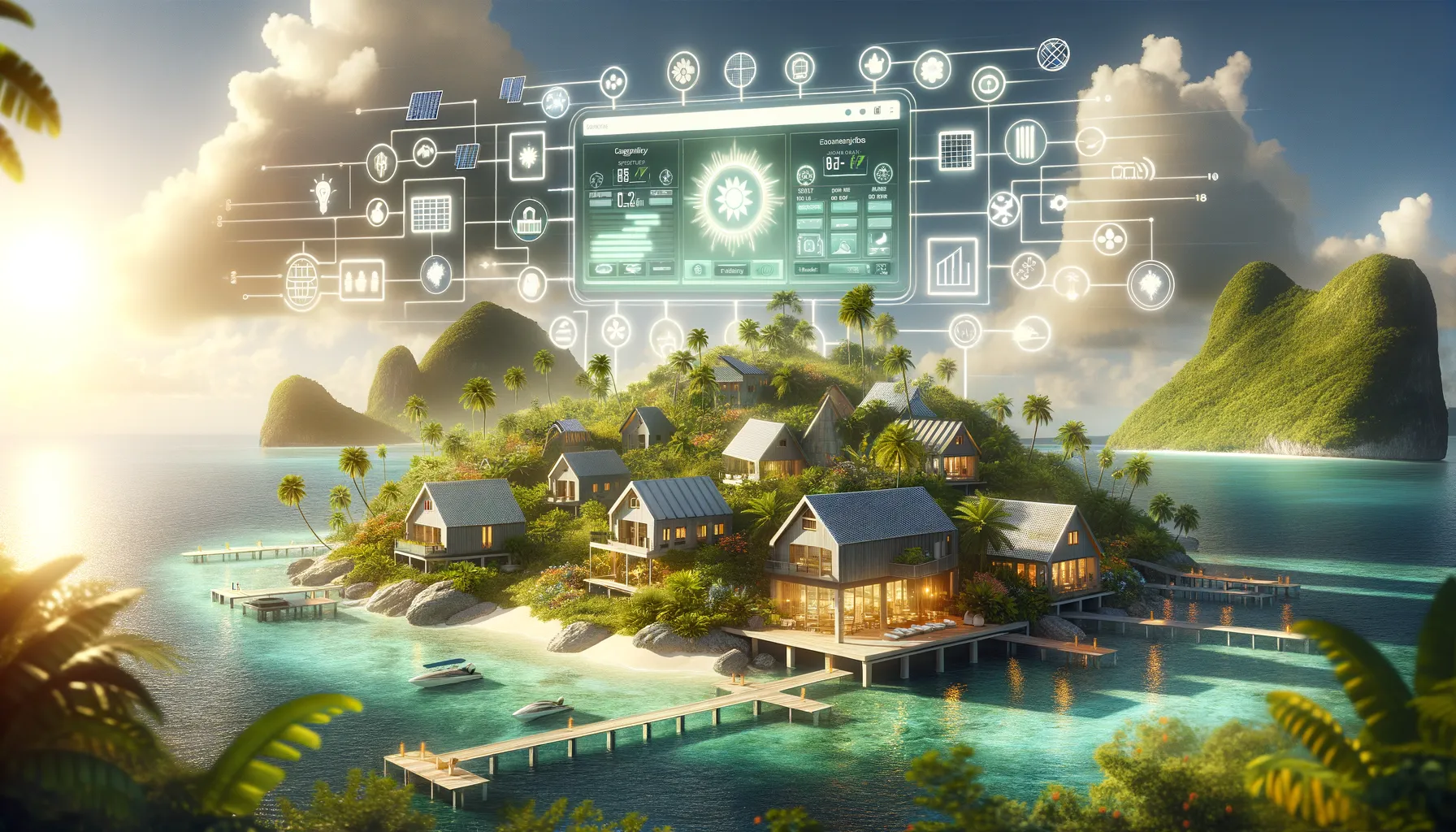
It started with a power outage. Picture a Puerto Rican neighborhood during a tropical storm: flashlights flicker, nervous glances exchange across fences…except, one house glows steady all night. That was my cousin Marta’s place—thanks to her Tesla Powerwall and participation in Puerto Rico’s Virtual Power Plant. This isn’t just another smart grid story; this is neighbors banding together, supported by unexpected tools, to outsmart an old, failing system. Let’s dig into what makes this high-tech patchwork both futuristic and seriously down-to-earth.
Neighbors with Superpowers: The Human Side of the Tesla Virtual Power Plant
In Puerto Rico, the Tesla Virtual Power Plant (VPP) isn’t just a technical marvel—it’s a quiet revolution powered by ordinary people. Over 63,122 homeowners have become the backbone of a new kind of community energy resource, forming a distributed safety net that supports grid stability across the island. This network of Powerwall owners, each with their own solar and battery setup, has transformed the way Puerto Rico prepares for and responds to power challenges, especially after years of grid failures and hurricane disruptions.
On July 13, 2025, Tesla launched a live dashboard for the Powerwall Virtual Power Plant in Puerto Rico. This dashboard offers a transparent, minute-by-minute look at how thousands of home batteries work together. It’s not just a technical display—it’s a window into a community-driven solution. When the grid needs help, these Powerwalls respond in unison, sending up to 50 MW of clean energy to the grid—enough to power 200,000 homes. The dashboard demystifies concepts like grid-forming and stabilization, making it clear how each participant contributes to grid reliability.
For many, the impact is deeply personal. Take Marta, a resident of San Juan. Before joining the Tesla VPP, hurricane season meant anxiety and frantic last-minute preparations. Now, her Powerwall charges to 100% before storms, and she knows her home will have backup power even if the grid goes down. During grid events, only the energy she pre-approves is shared, so her family’s safety isn’t compromised. “It’s a relief,” she says, “to know I’m helping my neighbors and still protecting my own home.”
This sense of empowerment is more than emotional. Participants in the Tesla Powerwall community energy resource program can earn real compensation—typically $1 per kWh supplied during grid support events. It’s a literal payoff for being part of the solution. The VPP is managed in close coordination with LUMA and PREPA, with Tesla’s Opticaster software synchronizing responses across the network. Homeowners retain control, deciding how much energy to contribute, while still benefiting from the collective strength of the VPP.
What sets the Tesla Virtual Power Plant apart is its grassroots nature. Instead of relying on a single, centralized power plant, Puerto Rico now taps into the collective power of thousands of homes. This approach replaces top-down control with local trust and participation. As Luis Torres, a community organizer, puts it:
“It’s the kind of grassroots resilience Puerto Rico needed—real neighbors helping neighbors.”
Research shows that this distributed resilience model is especially relevant for Puerto Rico, where repeated grid failures have exposed the limits of traditional infrastructure. By leveraging the Powerwall Virtual Power Plant, the island is not only stabilizing its grid but also building a more independent, reliable, and community-driven energy future. The VPP’s success demonstrates how technology, when placed in the hands of everyday people, can redefine what it means to keep the lights on—together.

Minute-by-Minute Magic: Real-Time Monitoring Makes the Invisible Visible
On July 13, 2025, Tesla introduced a groundbreaking feature for its Virtual Power Plant (VPP) in Puerto Rico: a live, public dashboard that brings the inner workings of the island’s distributed energy network into clear view. This dashboard is more than just a technical upgrade—it’s a window into the future of community-powered energy, offering real-time monitoring and transparency that was once unimaginable for everyday users.
At its core, the Powerwall VPP dashboard features a dynamic, minute-by-minute visualization of how over 63,000 Powerwall batteries across Puerto Rico charge, discharge, and interact with the grid. Anyone—whether a Powerwall owner or a curious observer—can watch the grid “breathe” as energy flows in and out, responding instantly to changes in demand or supply. Tesla’s Opticaster platform, which manages this vast network, updates the data every few seconds, ensuring that what you see is always current.
For Powerwall owners, this real-time monitoring isn’t just about watching numbers tick up and down. The dashboard empowers them to actively manage their backup reserves through the Tesla app. If a storm is on the horizon or an outage seems likely, homeowners can adjust their settings to keep more energy in reserve, ensuring there’s always enough for emergencies. This level of control, paired with the ability to see exactly how much energy is being shared with the grid, marks a major shift in how people interact with their home energy systems.
The Virtual Power Plant overview provided by the dashboard also makes complex concepts like grid-forming and stabilization accessible. Instead of being hidden behind technical jargon or locked away in utility control rooms, these processes are now as transparent as a group text. Users can see when the VPP is activated, how much energy is being dispatched, and how their contributions fit into the bigger picture. As one Powerwall owner, Gabriela Mercado, put it:
"For the first time, you don’t need to be an engineer to see how the grid truly works."
Research shows that this transparency helps users optimize their energy storage and usage, and it boosts community engagement. People are more likely to participate and contribute when they can see the direct impact of their actions. The live dashboard also supports energy literacy, making it easier for non-technical users to understand the value of distributed energy resources.
Tesla’s Opticaster system is key to this seamless experience. It allows for remote, cloud-based onboarding and management of batteries, simplifying participation not just in Puerto Rico, but in other regions where VPPs are active. Whether you’re in San Juan or Sydney, the process is streamlined—owners can join, monitor, and manage their contributions from anywhere.
The Tesla Virtual Power Plant Puerto Rico initiative stands out for its blend of cutting-edge technology and community focus. By making the invisible visible, Tesla’s real-time VPP dashboard is redefining what it means to be part of a resilient, responsive, and transparent energy network.

Why Storms Don’t Stand a Chance: Grid Stability, Backup, and Unexpected Tech Twists
When it comes to the Puerto Rico energy grid, the story has often been one of vulnerability—especially during hurricane season. After Hurricane Maria, the island’s centralized grid left thousands in the dark for weeks, exposing just how fragile traditional energy infrastructure could be. Now, Tesla’s Powerwall Virtual Power Plant (VPP) is rewriting that narrative with a blend of decentralization, user empowerment, and a dash of unexpected tech flair.
At the heart of this transformation is the Powerwall Virtual Power Plant. Over 63,000 Powerwall owners across Puerto Rico have joined forces, turning their individual home batteries into a massive, distributed energy network. This VPP can deliver up to 50 megawatts—enough to support around 200,000 homes. The real magic happens before the storm hits: Powerwalls automatically pre-charge to 100%, ensuring that when the winds pick up and the rain pours down, homes stay powered even as the grid falters. Each Powerwall prioritizes home backup, letting owners set their own discharge limits, so personal energy security is never sacrificed for the greater good.
This decentralized approach does more than just keep the lights on. Research shows that distributing energy resources across many homes dramatically reduces grid vulnerability after severe weather events. Instead of relying on a single, aging power plant, the VPP patches holes in real time, responding instantly to spikes in demand or sudden drops in supply. Tesla’s Opticaster platform manages this network, coordinating with Puerto Rico’s grid operator and updating data every few seconds. The new live dashboard, launched in July 2025, offers a public, minute-by-minute view of the VPP’s performance, making the once-mysterious world of grid stabilization transparent and accessible.
But Tesla’s energy infrastructure innovations don’t stop at reliability—they also bring a bit of personality to the mix. The latest Tesla software update 2025.26 features several playful additions, including the Grok AI assistant and Light Sync ambient lighting. Grok, available on AMD Ryzen-equipped vehicles, introduces a colorful, interactive interface that responds to voice commands with rainbow sound waves. Light Sync lets the car’s interior lighting dance to the beat of your music or even match the colors of your album art. There’s even a “Rave Cave” mode for those moments when you want your parked Cybertruck to turn into a light show.
These quirky touches, managed through Tesla’s Toybox app, add engagement and fun to the serious business of energy resilience. As José Rivera, a local Tesla driver, puts it:
"The VPP isn’t just lights-on during storms—it’s peace of mind, and a little fun besides."
Meanwhile, Tesla’s ambitions stretch beyond energy. The company’s Robotaxi Network is expanding, with pilot programs in Austin and permit applications in Arizona. This seamless weaving of stable energy grids and autonomous mobility hints at a future where Tesla’s innovations in one sector fuel progress in another, all while keeping community needs and user choice at the center.
In Puerto Rico, the Powerwall Virtual Power Plant stands as a testament to how technology, when decentralized and user-driven, can turn disaster-prone infrastructure into a resilient, dynamic, and even enjoyable community asset.

Wildcard: If the Grid Could Talk—What Would It Say?
Imagine logging into the Powerwall VPP dashboard and seeing a playful message: “Just helped power 5,000 morning coffee makers across San Juan.” While the dashboard itself doesn’t actually talk, the Tesla Virtual Power Plant Puerto Rico has become so interactive and transparent that it’s easy to imagine the grid developing its own personality. This is not just about electrons moving through wires—it’s about people, stories, and a new kind of community energy.
Since Tesla launched its live Powerwall VPP dashboard in Puerto Rico, the way people interact with their energy has changed. The dashboard offers a minute-by-minute, public view of the combined output of over 63,000 Powerwall batteries. It shows in real time how these decentralized home batteries work together to stabilize the grid, prevent outages, and respond to sudden changes in demand. For many, this dashboard has become a daily habit. As Javier Martínez, a Powerwall participant, puts it:
“I check the VPP dashboard more than my social feeds these days.”
This level of transparency is rare in the world of energy. Research shows that open dashboards like this foster a sense of participation, not just consumption. Homeowners are no longer passive users—they’re active contributors, watching their own Powerwall’s impact ripple across the island. The Powerwall VPP dashboard isn’t just a tool; it’s a conversation starter. It’s not unusual to find Powerwall users forming online forums, swapping tips, sharing warnings, or even posting the occasional meme about grid events or battery quirks.
The Tesla Powerwall community in Puerto Rico has grown into a vibrant network. People share their experiences, troubleshoot together, and celebrate milestones—like the first time their battery helped prevent a blackout. This sense of shared purpose builds energy confidence and resilience, especially in a place where the grid has long been unreliable. The VPP’s public data sparks social sharing and deeper engagement, turning what could be a dry technical tool into something that feels almost social.
Tesla’s quirky software updates add another layer of personality to the experience. Features like Light Sync, Grok AI, and the ever-evolving Toybox app bring a sense of fun and customization to the Tesla ecosystem. Even the Robotaxi fleet, if it could gossip, might trade stories about grid surges and power naps at the Supercharger. These playful touches make Tesla’s technology feel approachable and human, not just advanced.
Ultimately, the Tesla Virtual Power Plant Puerto Rico is redefining what it means to be part of an energy community. It’s not just about keeping the lights on—it’s about being part of a living, breathing network that learns, adapts, and even entertains. The blend of real-time data, quirky software, and community interaction leads to a culture around the VPP that feels as much about people as electrons. In this new era, the grid doesn’t just deliver power; it delivers connection, confidence, and a bit of Tesla-inspired charm.
TL;DR: Puerto Rico's Tesla-powered Virtual Power Plant stitches together thousands of homes, giving the island a steady heartbeat through storms and outages. Powered by community and real-time monitoring, it’s a tale of grassroots innovation, transparency, and—true to form—Tesla’s knack for unconventional solutions.
